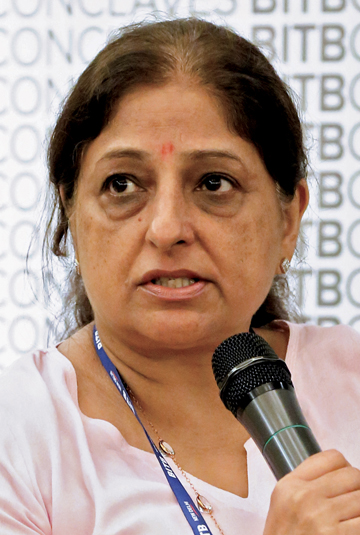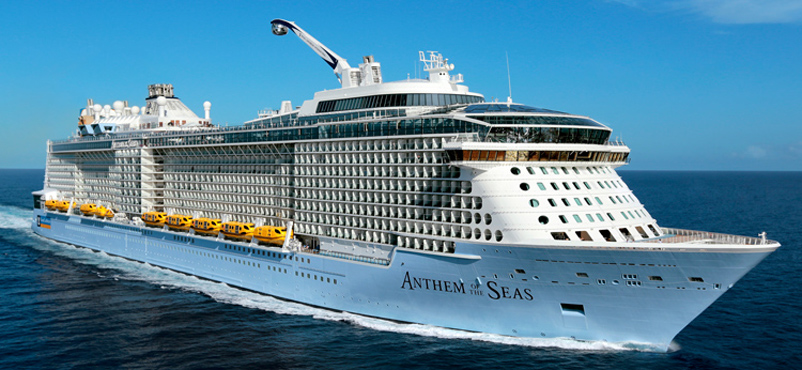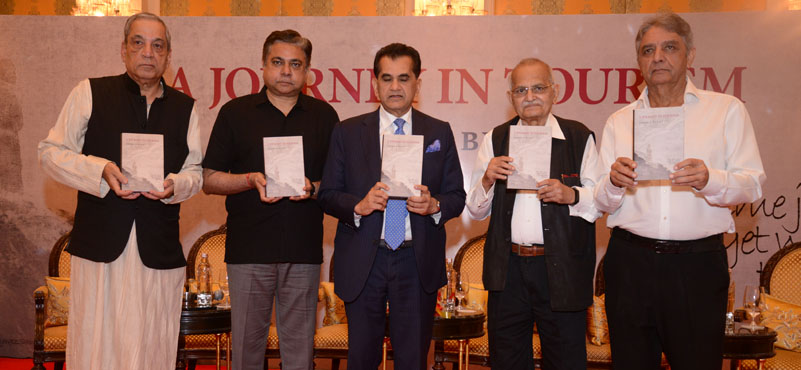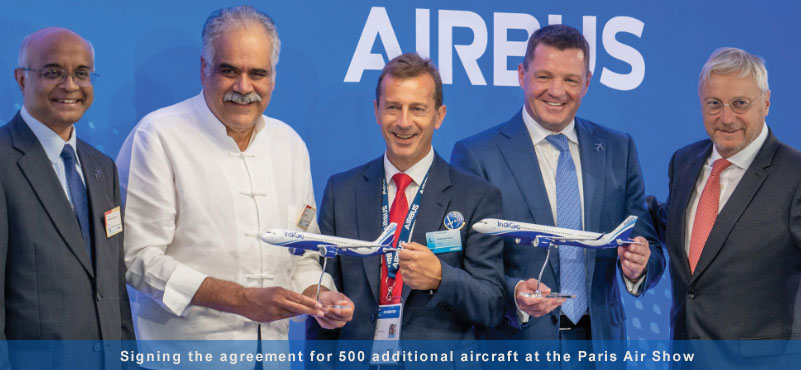There have some positive developments in the cruise segment. A new association has been formed. The government has been sounding positive and the y-o-y growth in tourist numbers have been more on the expected lines. TIRUN has been a market leader, one of the first movers in the space and has essentially driven the segment, creating a visibility for the Indian audience. Ratna Chadha, Chief Executive, TIRUN believes that the steady growth in numbers could well be the prelude to the domestic cruise tourism industry. An exclusive on trends in the market and the road ahead:

Chief Executive, TIRUN
2018 had been a “reasonably good year in terms of business and footfalls,” and a prelude to the rise of the domestic cruise tourism, Ratna Chadha told us. She said that the growth had been “on the expected lines,” giving an overview of the churn in 2018. “The growth has been in tune of 20-25 per cent, year-on-year, which is beyond reasonable,” she informed. She argued that the cruising segment had not yet attained the visibility that some of the other tourism segments had in the country. On those counts, the growth had been positive and boded well for the larger cruise tourism industry, she noted.
In terms of the movement, the Indian outbound had remained majorly Asia-centric, with Singapore topping the charts as the number one destination of choice. Several factors have fuelled the trend, most notably being that Singapore was closer to India and a major port of call for cruise ships. Ratna Chadha told us that the travellers heading to Singapore’s shores were “not oriented towards cruise travel”. “Singapore does not offer anything in terms of culture or history etc. It is a more exciting prospect for the first-time traveller,” she elaborated. Sharing that the trend was also being shaped owing to the price-sensitivity factor, she said that travel operators preferred selling shorter routes because of lower prices. She noted that the Singapore market was going to remain price-sensitive unless “cruises changed their offerings.” “Royal Caribbean Cruises is doing that from the next year,” she informed. Further, Asia had continued to be a year-round market, while Europe and Alaska were pre-dominantly summer markets, she detailed, talking on the trends in movement of the outbound. “Jamaica, on the other hand, was a long-term market and was meant for an out-and-out longer vacation,” she said.
Predicting a transformation in the market in the years to come, she expounded that the market was price-sensitive and could become value-sensitive in the years to come.
Some recent developments have added muscle to the idea of building on cruise tourism in the country. Very recently, a luxury ferry between Mumbai and Goa was flagged off with much fanfare. While Ratna Chadha expressed happiness over the development, she was quick to point out that the Mumbai-Goa route was a ferry experience, distinct from a cruise experience. “It is a one-night experience and different from a cruise experience,” she explained. Drawing a clear distinction between cruise tourism and any other form of travel, she elucidated that cruise travel had more to do with “onboard experiences and the number of nights spent on the ship.”
In a major development that was likely to aid India’s bid for cornering a larger share of the global cruise market, she shared that the industry had created an association named India Cruise Lines Association (INCLA) for a unified and concerted foot forward. “We are working to hopefully bring a ship into India. If we have a brand in India, the entire canvas changes,” she said.
Despite the rise in numbers, global factors such as a notably higher dollar-rupee conversion rate was a cause of concern. “The high dollar rate may have had an effect, especially in this quarter, being the vacation season,” Ratna Chadha reflected. “It is difficult to pin-point exactly how much, but it surely has been slow. Any economic upheaval has an impact on travel and tourism as tourism takes a backseat,” she reflected.




































